Get Affordable Organic Food with Community Supported Agriculture (CSA) Vegetable Home Delivery
Want to save time and money and get more affordable organic fruits and vegetables? Then check into finding a local CSA for organic home delivery in your area. Community Supported Agriculture or CSA is a way to connect consumers directly to organic farmers. With no store or “middle man” in between, you get more affordable produce that’s fresh and in season.

Get local organic produce delivered to your door & save money too!
How does a CSA work?
Basically, you invest in a “share” of the harvest, meaning you pay in advance for regular deliveries of organic, fresh, seasonal produce from local farmers. Every program varies in what it offers, when and where it is delivered and how much a share costs. Typically, you choose between a “small box” or a “large box” which is delivered weekly on a certain day (say every Tuesday or Thursday). The contents of the box will vary depending on what’s being harvested that week. For example, this week (in summer) in Israel I received: organic tomatoes, cucumber, lettuce, dill, parsley, beets, green chives, mint, pumpkin, spinach, Swiss chard, daikon, zucchini and watermelon. Other times I will get garlic, onion, lemons, papaya, apples, melon or kohlrabi with a mix of fresh greens that also vary depending on the time of year. On average, 1 large box will last me about 4-5 days. I usually need to supplement with my own store-bought organic fresh fruit because admittedly, you usually get more veggies than fruit in a CSA box. With the CSA that I belong to, there is also the option to order additional items, including local organic eggs, tahini, honey and olive oil (I don’t order any additional items but I know a lot of people who do). The box is delivered directly from the farm to your door.
The benefits of eating organic food
Organic food is higher in minerals because the soil in which its grown is a much better quality than the over-farmed, depleted and toxic soil you find in industrial farming. Without any hazardous pesticides either, organic food can decrease your risk of allergies, rashes, inflammation and asthma and keep your immune system strong. This is especially important for growing children. Organic food is also not irradiated or genetically modified (GMO), two more processes and man-handling added to the food supply today which can be harmful to your health.
And, my favorite thing about organic food? It tastes way better!!! My fresh organic produce is never bitter or bland. And a better natural taste has to be better for you. Once you try it, you will see for yourself!
The saddest thing I find about organic food is people seem to only invest their money in it at certain times in their life: mainly, when they’re pregnant, sick or have cancer. Outside of that, it can be really hard to convince anyone to spend money on organic veggies, fruit, nuts, seeds and/or grains. Even vegan, raw food, vegetarian and gluten-free folks will often turn their head at the added cost of organic. But why wait until you are sick or pregnant to start eating the best food for your body? If you eat organic food for years before your pregnancy, don’t you think you will be higher in minerals, less toxic and therefore increase your chances of a healthy pregnancy and baby? And perhaps if you invest in some high quality food now, you won’t ever get sick and if you do, you will recover much more quickly. If you put better fuel in your car, it will run better and last longer. Well, let’s add some extra miles to your life and keep your internal engine working great with high-quality organic food! You deserve the very best.
The benefits of using CSA delivery
1. You increase the amount of organic food in your diet.
2. It’s more affordable and fresher than buying organic produce in stores.
3. The fruit and vegetables are locally grown and in season.
4. You’re supporting small local businesses and farmers in your area.
5. You save time and hassle by enjoying home delivery.
6. You naturally get more variety in your diet.
7. You can experiment and try new veggies that you might not otherwise buy (like daikon or kohlrabi).
In fact, I can’t think of any reason not to join a local CSA! To get started, research your local community by googling “CSA organic delivery + your county, city or state” and see what you find. You can also inquire at your local health food store or Wholefoods market.
A good list of Organic Home Delivery farms in USA: Organic Consumers Directory List for USA
In Israel, there are 2 popular CSA services for Tel Aviv: Chubeza and Maggie’s Garden (I personally have tried both and now am happy with Chubeza). Find a complete list of Organic Home Delivery farms in Israel, including Jerusalem, the north to Herzilya and south to Ashkelon here: Times of Israel article on Eating Organic in Israel using local CSA
If you’re using a local CSA in your community, please list the link in the comments below with your city, state and country below and let’s share the good times of eating more natural, whole and pure food! I’m thoroughly enjoying a healthy week with yummy green smoothies, juices, raw food salads and desserts all with beautiful vibrant organic food!







For more on how to start a raw food diet, how to do a detox at home or what minerals you may specifically be deficient in, book a private health consult with me via Skype.
How to Book Your Health & Nutritional Coaching Session:
1. Take photos of your eyes with a digital camera.
2. Email the photos to me for approval.
3. We schedule a time to meet via phone or Skype!
More on Organic Food:



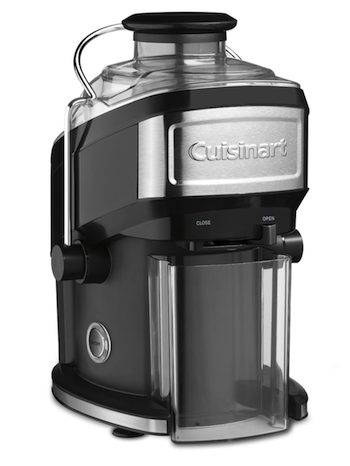
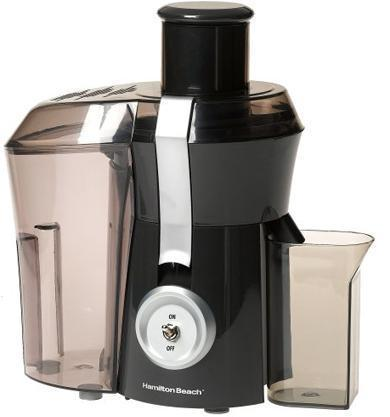







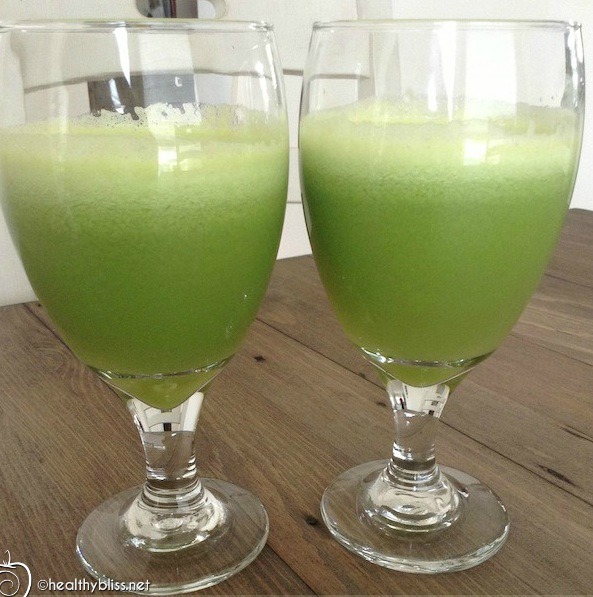

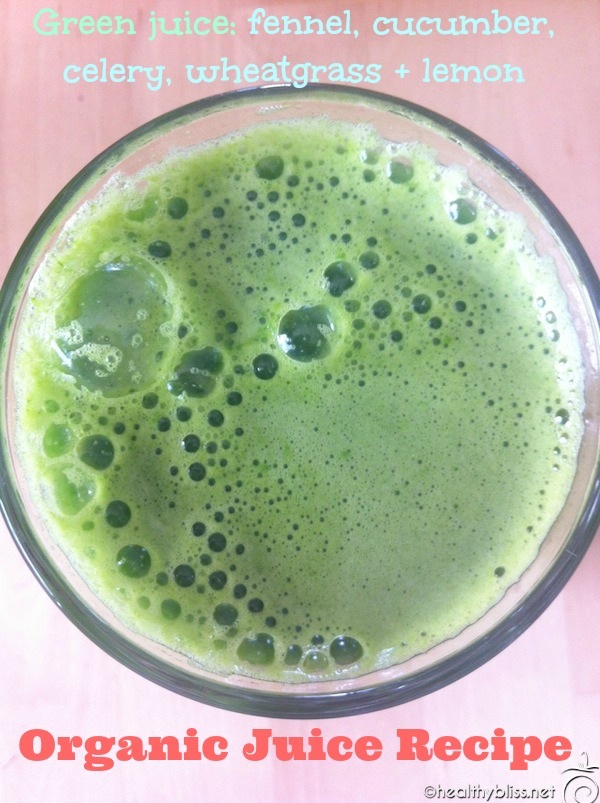



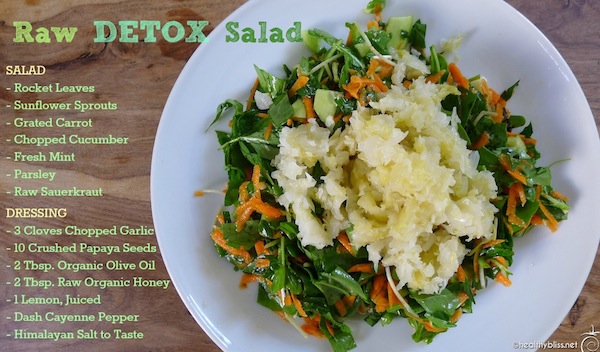

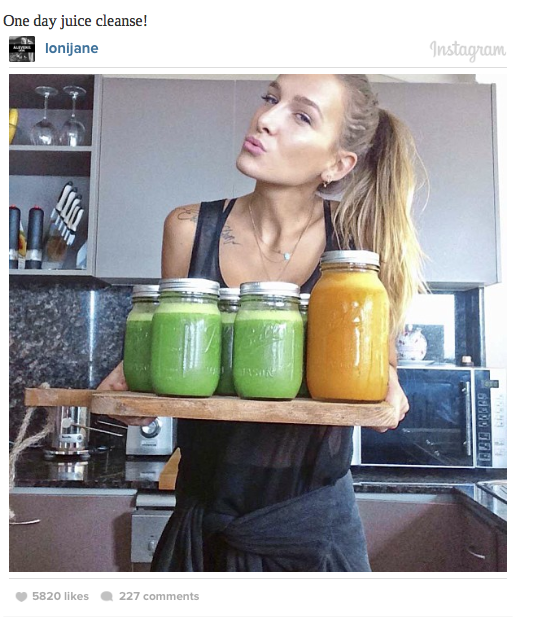




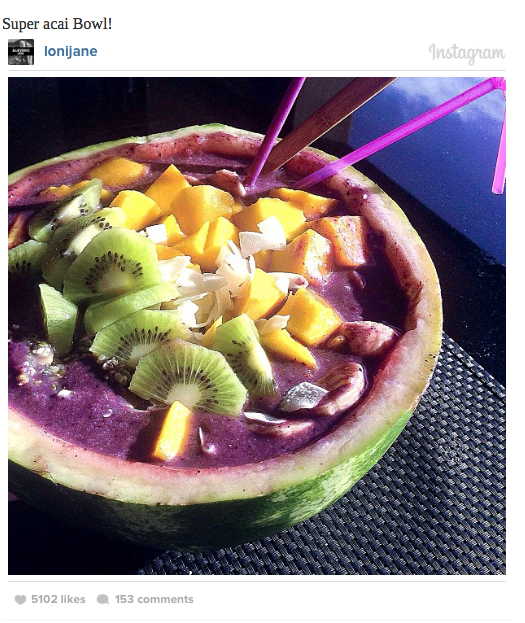
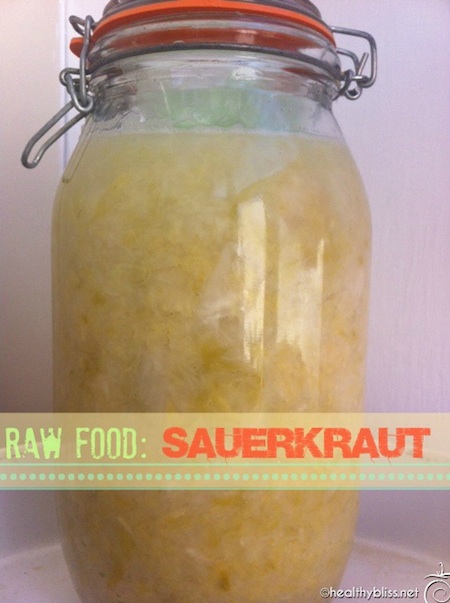

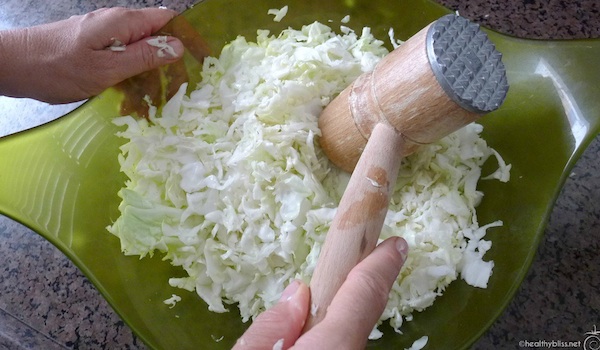

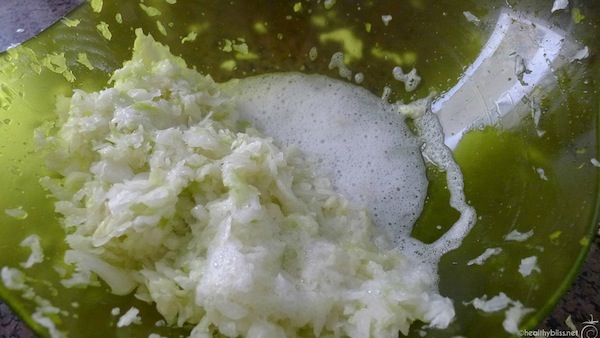
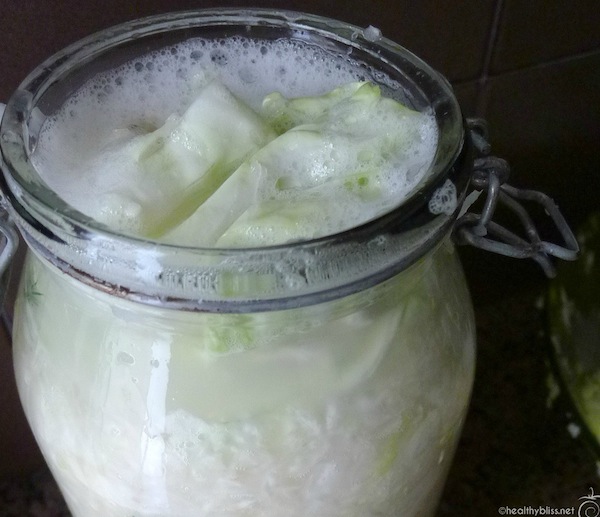
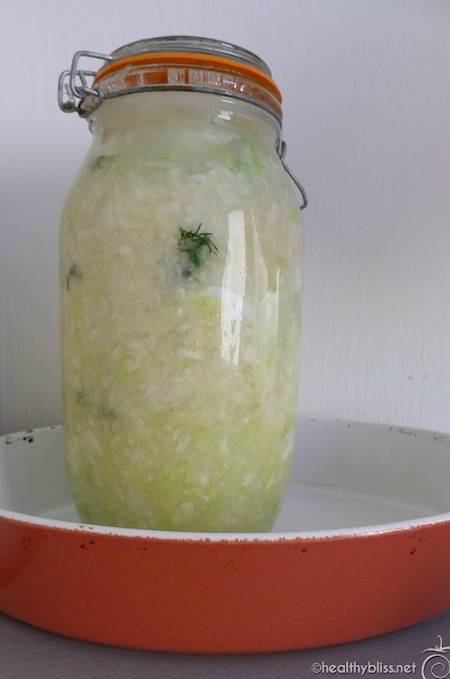
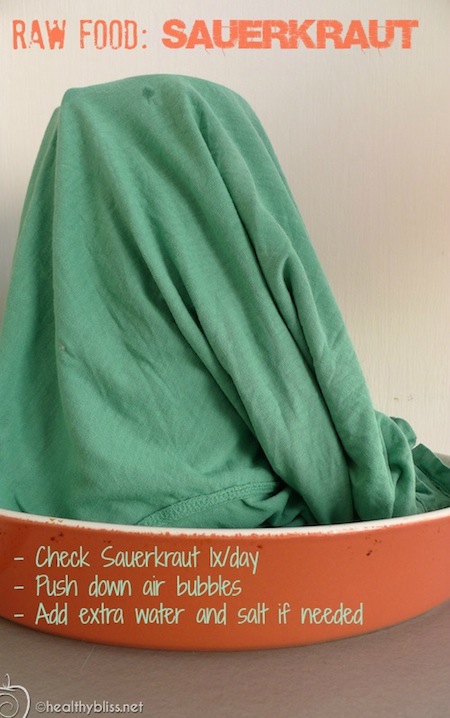


















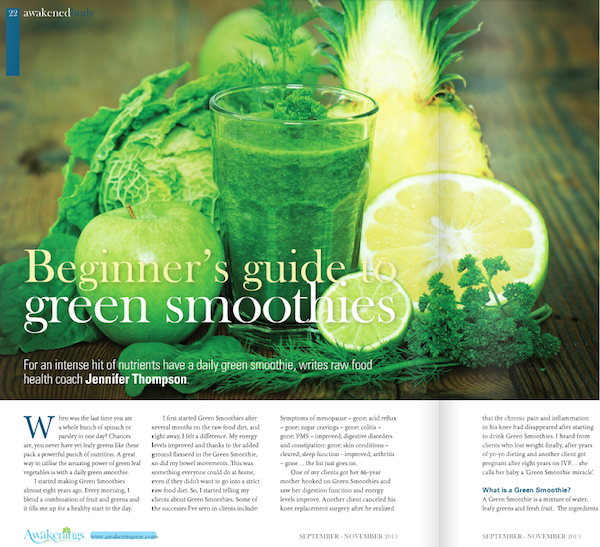
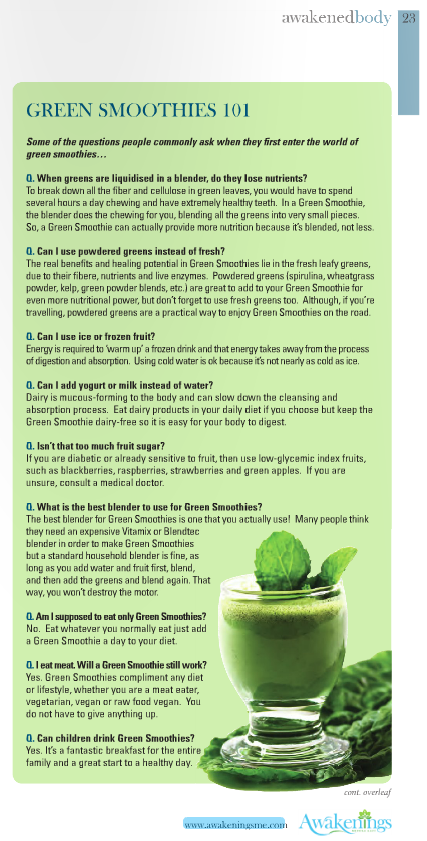
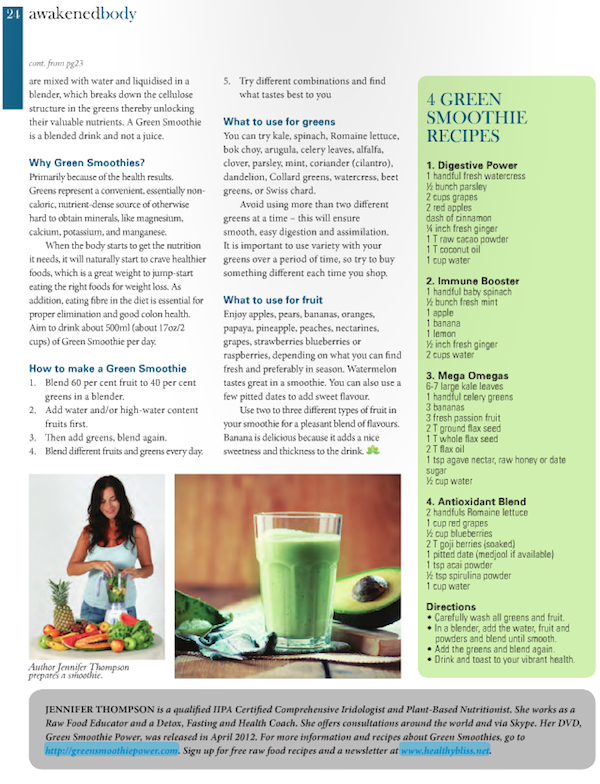
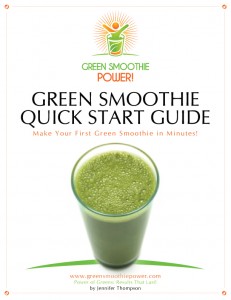
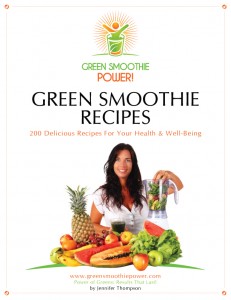
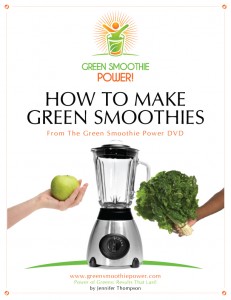
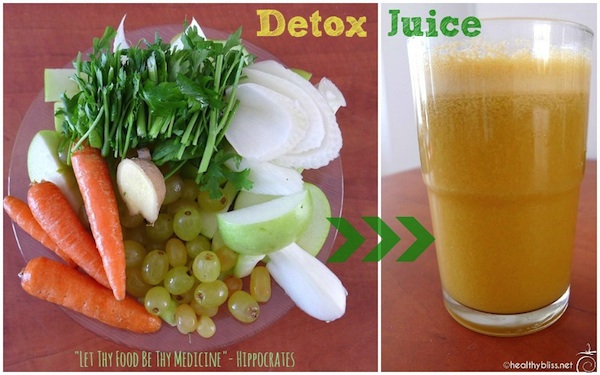
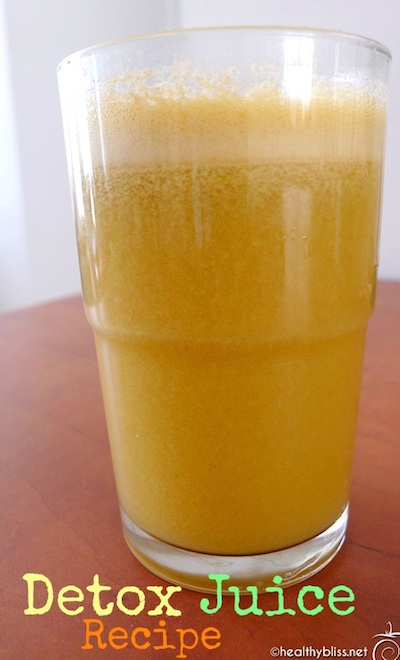
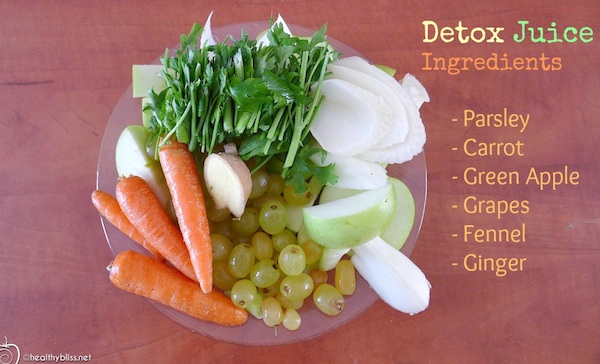







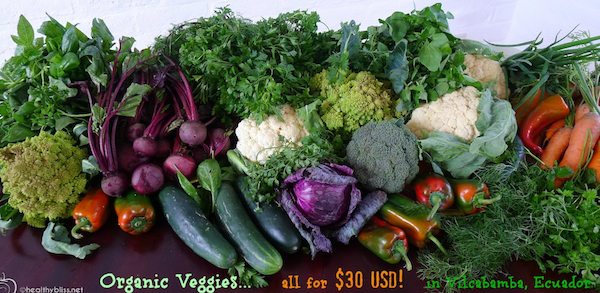


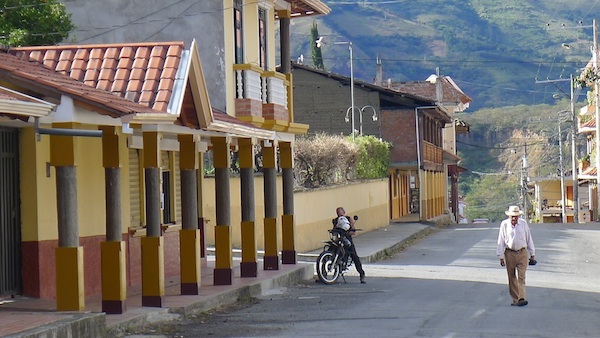




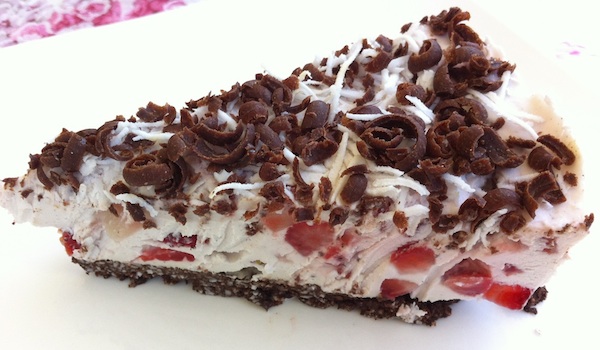

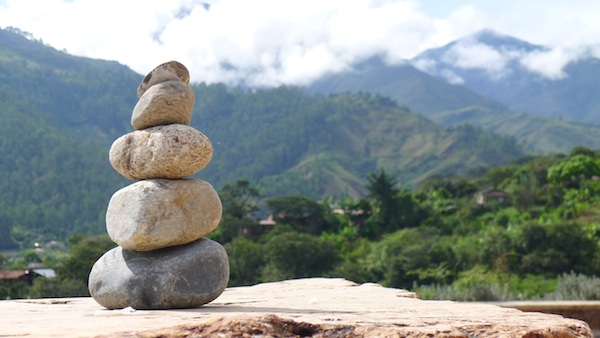
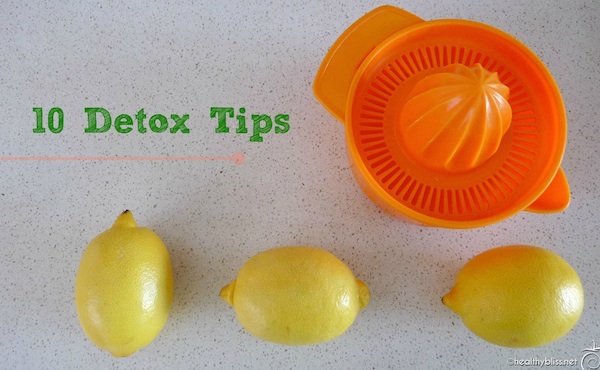
Follow Jennifer